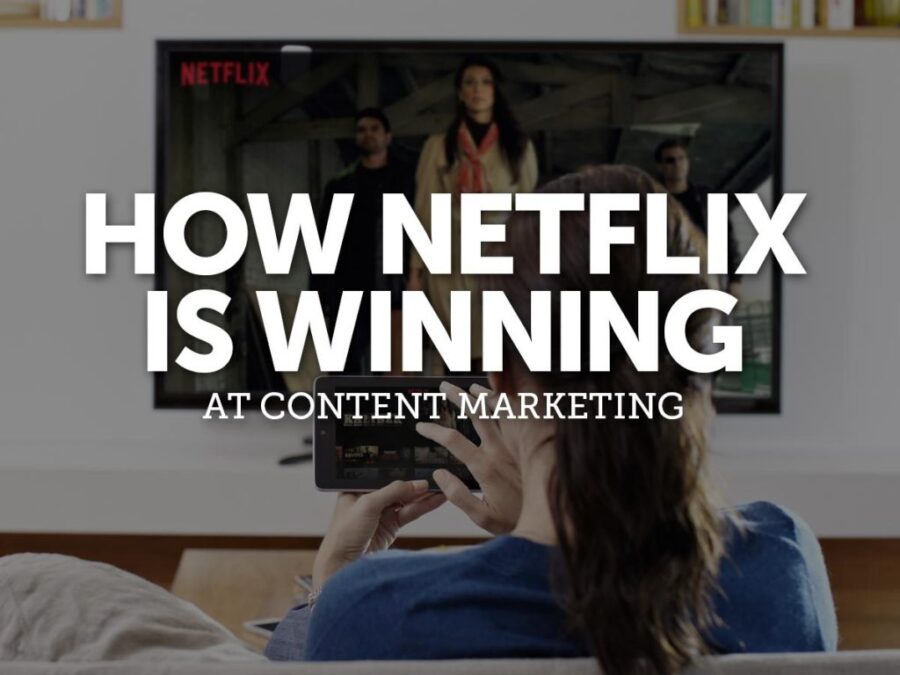Do you hear that rumble? It’s the Marvel train (or should I say Juggernaut?) barreling down the tracks, churning out movies, shows, comics, toys and other merchandise that we’re hungrily consuming. There is something about the escape they provide, especially during a pandemic, that keeps pulling you into their interconnected universe. And this isn’t just about the rabid Marvel comic book fans (don’t worry, I’ve had my shots), but it’s how Marvel has approached their storytelling that has expanded their audience from the die-hard comic book fans to the non-comic reader. I’ll take a look at some of the larger factors at play in the Marvel Cinematic Universe’s success that brands can use with their own storytelling and marketing efforts.
Start Storytelling With the Endgame
As a brand, it’s important to know the complete story you’re telling. Whether it’s for a larger marketing campaign or a short project, do you have a clear story in mind that the consumer can follow? Is it interesting? Does it leave your audience with the feeling, takeaway or action you wanted? Knowing your story arc and desired impact on the audience is important so every decision made can be tied back to the overall story and goal. Does it make sense? Keep it! If not, toss it.
Marvel already knew how the main story would play out over the course of their first three phases, capping off with their 2019 film Endgame years ahead of it coming out—they always have a plan, right? Find the main story beats, characters and their arcs. Knowing the overarching story you want to tell gives you a map, a guide to follow and come back to when you start to stray too far.
Connected Like a Web
Speaking of maps, imagine you took the end of your campaign and worked backward to connect to where you are now. How will your story be told for marketing effect? Can you think of every channel where your story will live? How will messaging for each channel be different? Or how will the messages connect to one another as well as the larger story? Are you marketing and storytelling elements cohesive, or do the components seem disconnected?
It’s important that you have consistency and connections within your content. No dead ends! Whether you have strong CTAs, links within your content or a related topic, you need to keep your audience engaged, and creating those connections throughout is key.
With thousands of characters at their disposal and a deep library of stories from as far back as 82 years ago (when they were Timely Comics), Marvel has a great advantage when it comes to storytelling. With their comics and movies, they carefully map out the development of that content and how the characters and stories are interwoven within a larger narrative. Characters are teased and introduced in each movie, starting with the Nick Fury cameo at the end of Iron Man where he mentioned the “Avengers Initiative.” What? The Avengers? Are you kidding? We just watched Iron Man come to life on the big screen and he just teased the Avengers? How could you not watch the next movie to see what else is in store.
Tying the individual stories together allows viewers to explore each detour and makes the overarching story more interesting. Investing in the myriad characters helps make Marvel unique—not to say better, necessarily. No shade here, DC fans.
Have a Hook … or Retractable Claws
Why will people care about your story? For Marvel, they have a built-in base who are eager to dive into the next story they share. But what about those who don’t know every character, alter ego and multiverse counterpart?
If you look at many of the Marvel movies and TV shows, while they are overall about superheroes, they’ve also incorporated major elements from particular genres to make them more accessible to fans of that genre. For example, Ant-Man was a heist movie. Captain America: The Winter Soldier was a spy thriller. Guardians of the Galaxy was a sci-fi movie. And they don’t use this approach exclusively in film—even WandaVision relied heavily on the nostalgia factor from old TV sitcoms.
By doing this, Marvel gave each piece of content a different enough feel so it was both interesting and fresh enough from what came before. This approach also allowed new audiences a way into the larger Marvel universe and all those stories around their favorite character. Like Lay’s, you can’t eat just one! Brands need that storytelling hook that appeals to both marketing prospects and current advocates, and of course, still makes sense with their overall brand messaging.
To Be Continued
Having a clear direction in your story, connecting all marketing content back to your brand’s red thread and having an interesting hook are the keys behind what makes the Marvel Cinematic Universe’s storytelling so successful across media. And although these may not be the only factors behind impactful storytelling—brand attachment is another important factor, but we’ve already covered that in a white paper—these are indeed among the most important for any brand.
What else do you think brands need for impactful storytelling? Reach out on social media and let me know what you think, along with your theory on the latest Marvel show or movie (or comic). While you’re doing that, I’ll be catching up on The Falcon and the Winter Soldier and thinking of another way to tie Marvel and marketing together.



